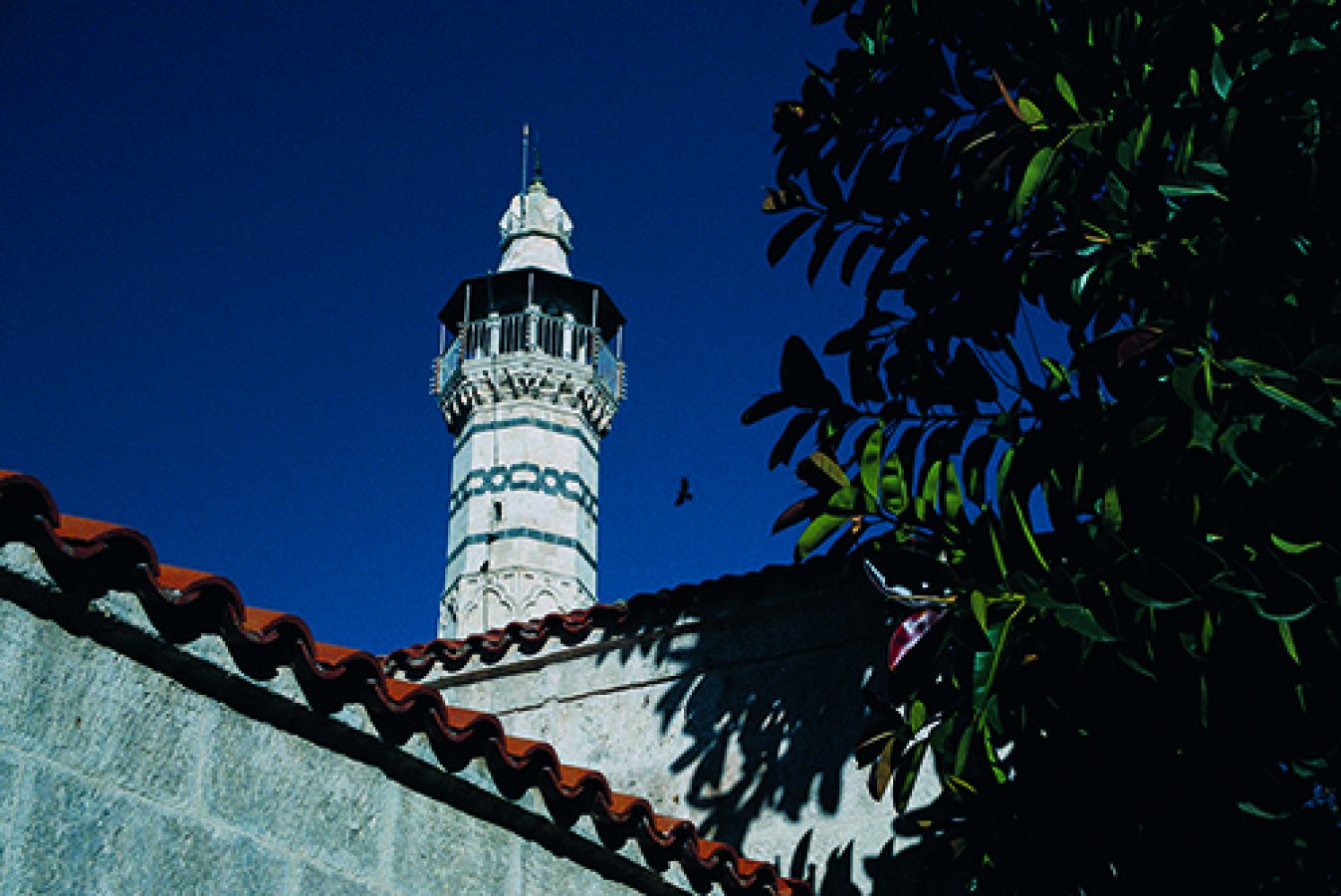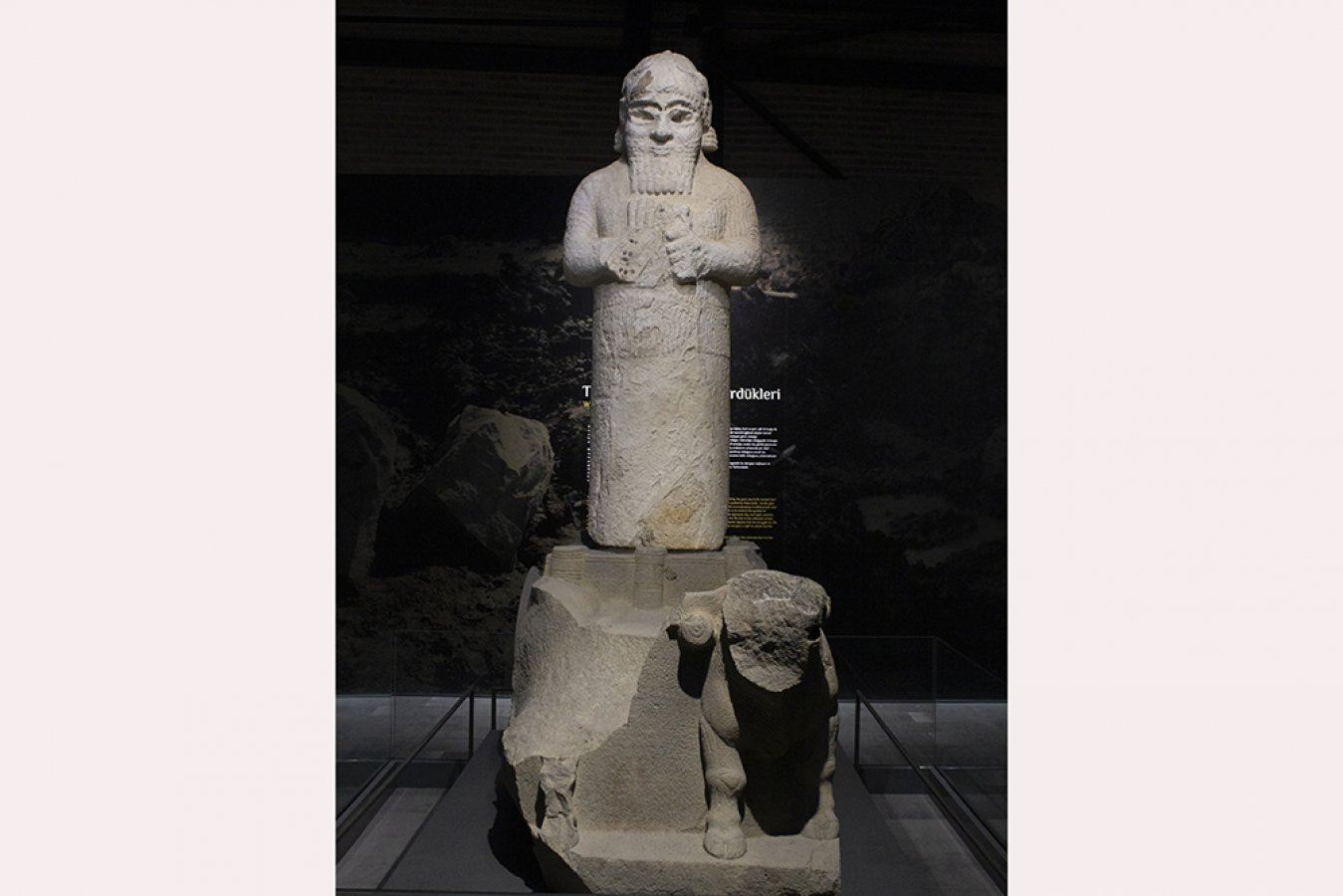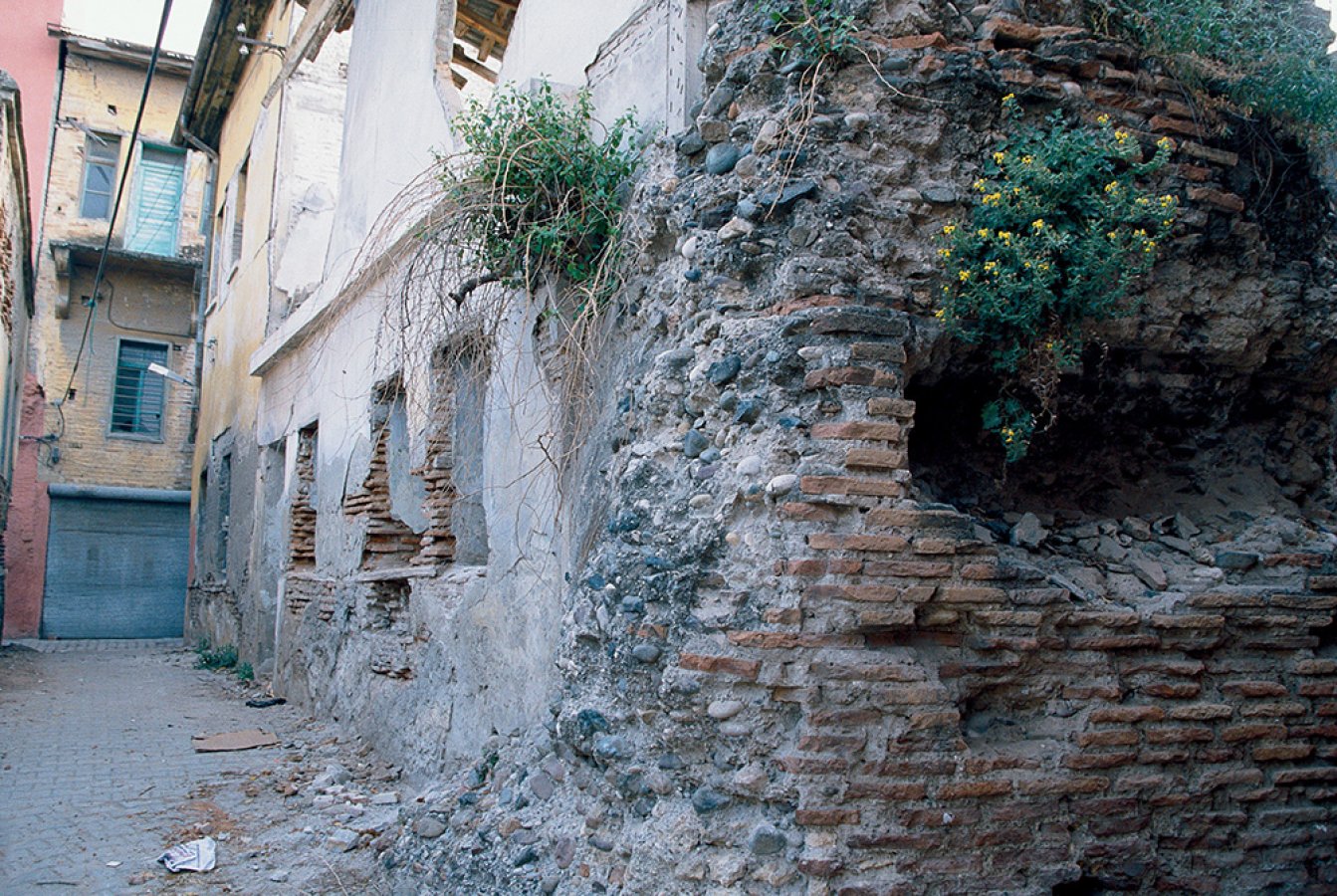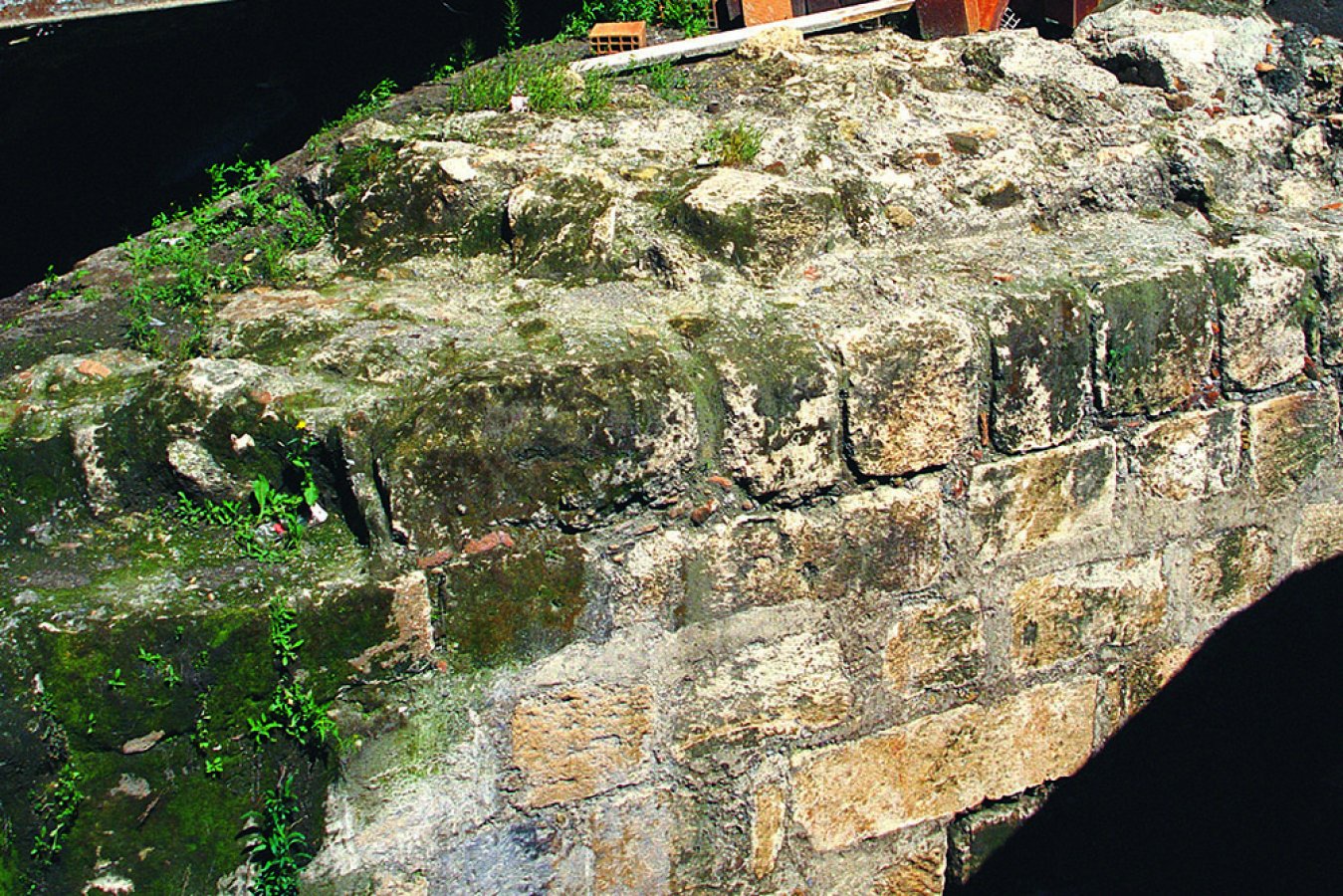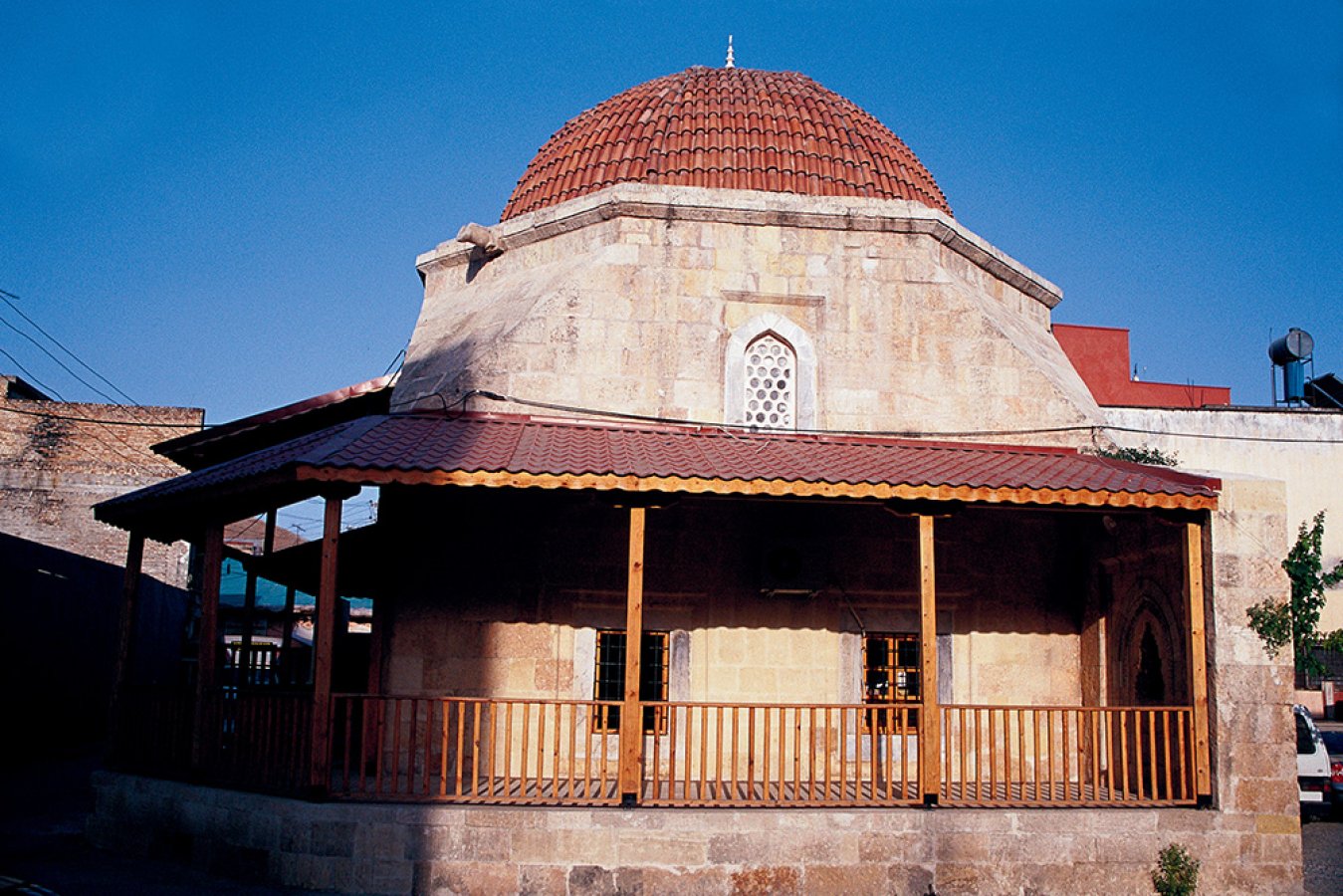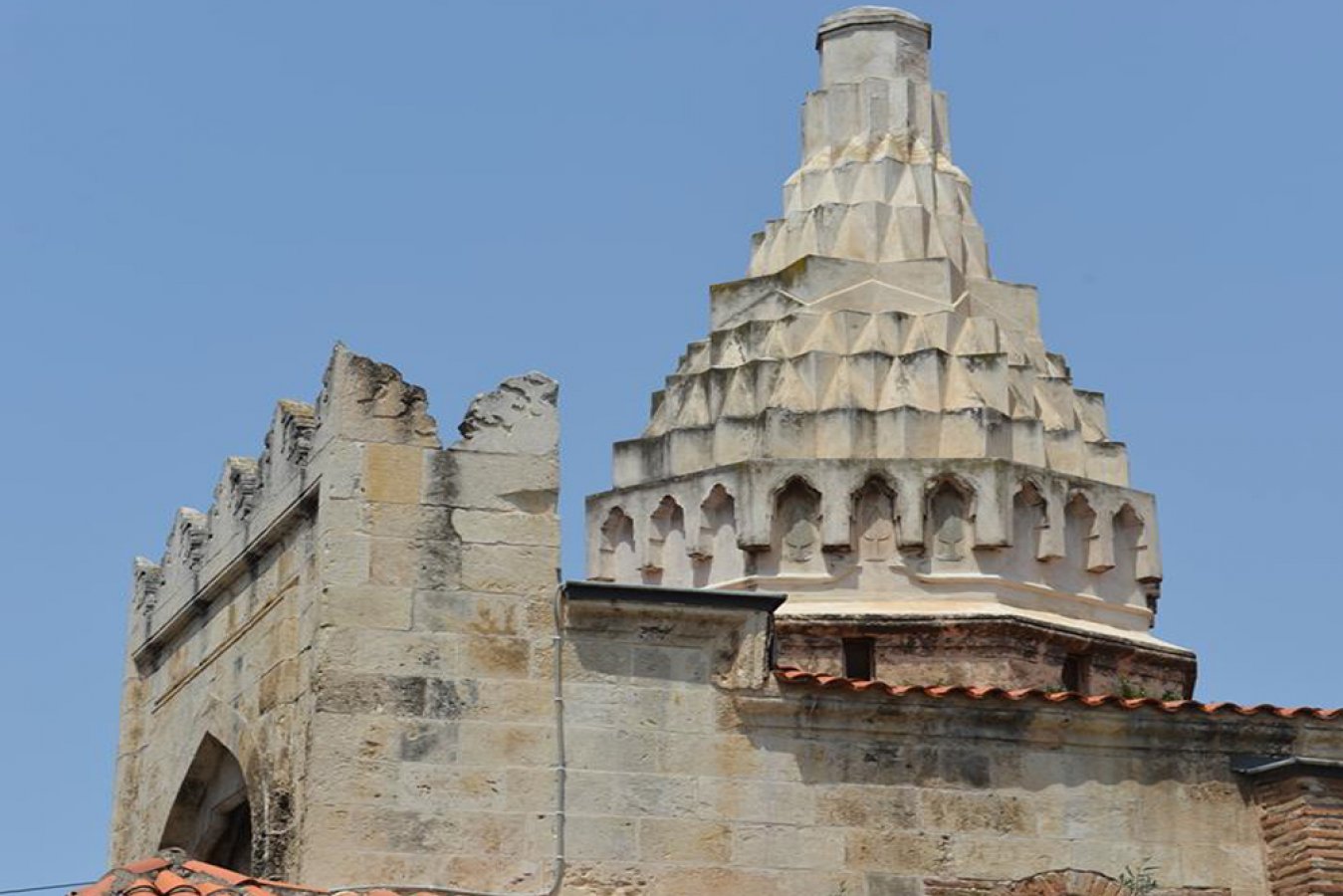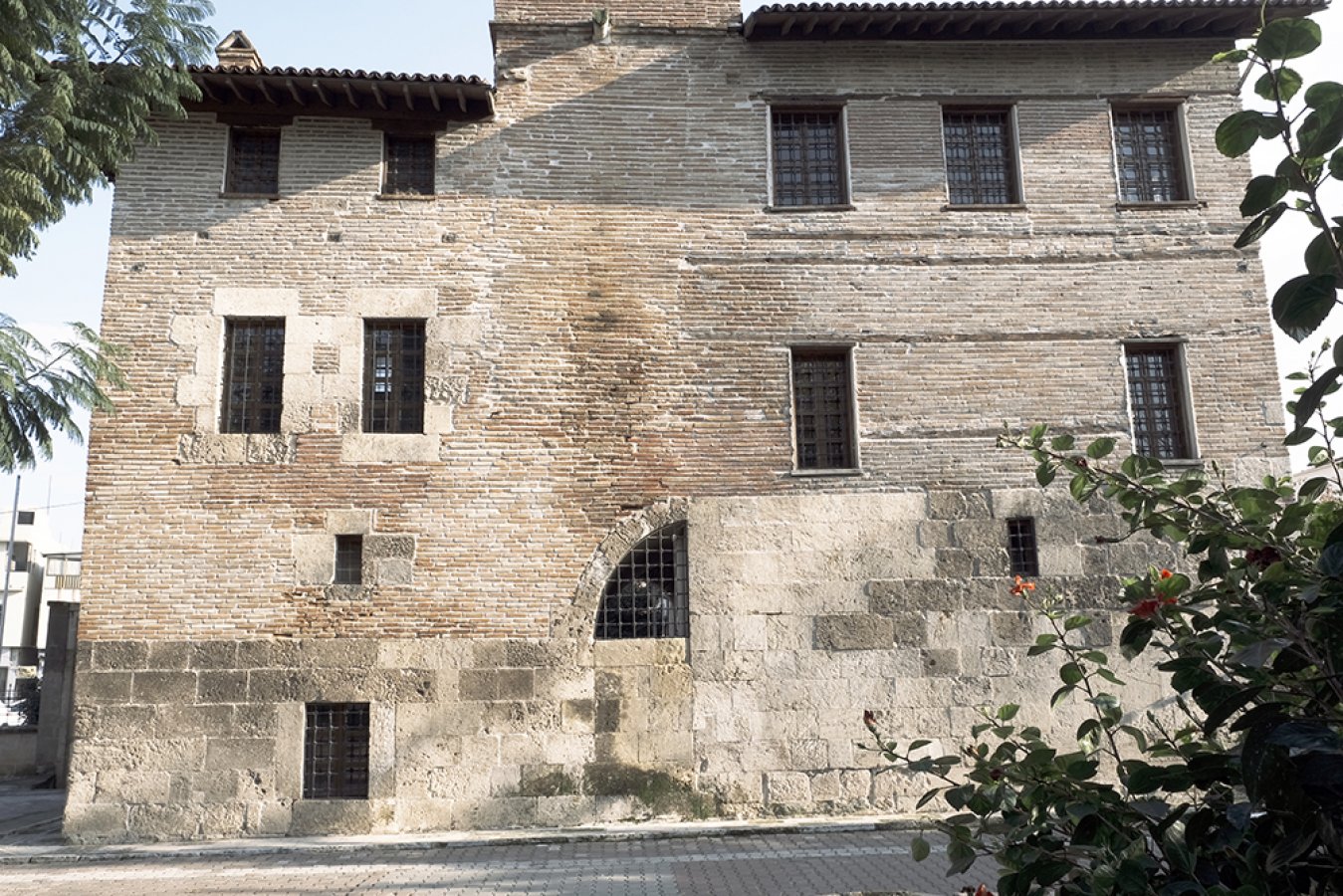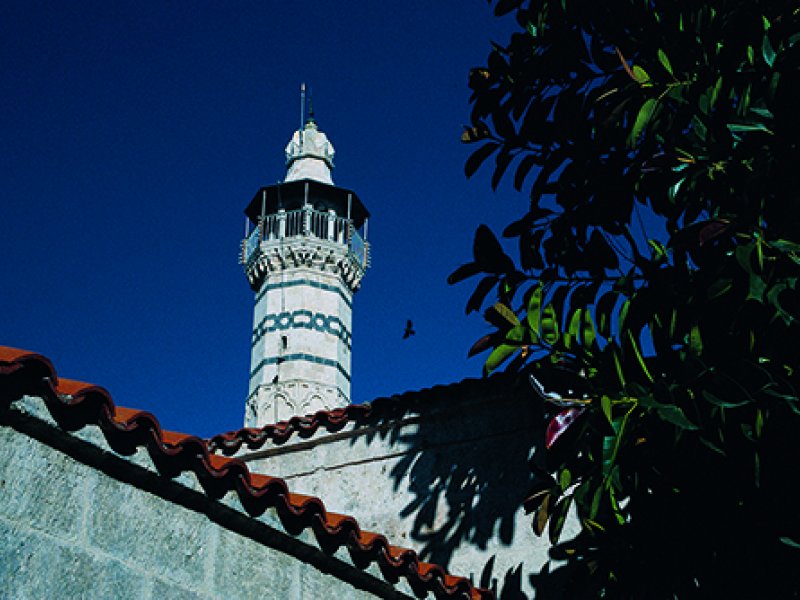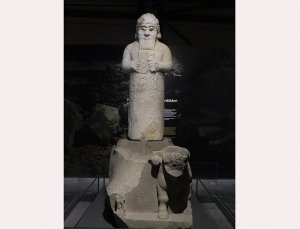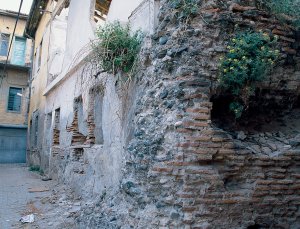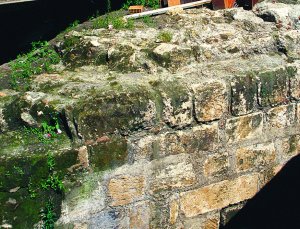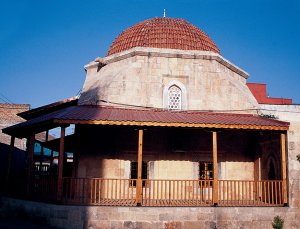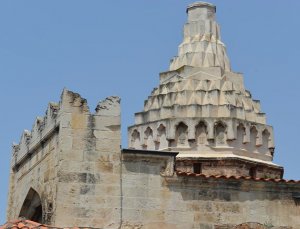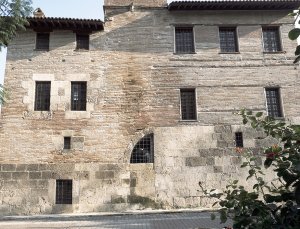Journey to the Secrets of
Adana
This is Adana... One of the oldest cities in the world, whose
name and location have been archaeologically proven to have remained unchanged
for 4000 years, if we start talking about the word "Secret", we know
that we need pages. Despite this, we will try to give you a few secrets that
you can learn by traveling around Adana in one day. I believe these secrets
will add excitement to your trip.
Hittite God Tarhunda
In 1997, in the middle of one of Adana's vast plains, there
is a statue. This is the statue of Tarhunda, the Hittite God of Car, whose
height is approaching 3 meters. Moreover, the name Adana is clearly mentioned
in the inscriptions on the side of this 2700-year-old statue. However, there is
no Hittite settlement around the field where the statue is located, let alone
kilometers away from its surroundings. So where did this statue come from? We
must make a reminder here. The sculptures commissioned in the Hittite sculpture
workshops were roughly hewn, then transported to the place where they would be
placed, and their fine work was finished on site. But whatever happened 2700
years ago, statues in Hittite Sculpture Workshops like Yesemek were left where
they were and abandoned. I wonder if what happened while moving in Tarhunda was
not affected by it and abandoned? If you would like to think about this secret
while watching the statue in Adana Archeology Museum. Then we go to visit Adana
Castle.
Visiting Adana Castle
We feel that you immediately objected to “Where is Adana
Castle?”… Those of you who know “Yes! There was an Adana Castle in history, but
in 1840, the soldiers of the Egyptian Ibrahim Pasha destroyed it, they can also
make a completely scientific contribution. We also agree with this view, but if
we say that there are ruins of the walls of that castle in two places, would
you like to see it? If you want, let's go to the Atatürk Museum first and enter
the street right behind it. You will see the first of the wall ruins there. The
other one is behind the former Bağ-Kur (SGK) Directorate on Cemal Gürsel
Street, within walking distance. If we say that your walk will be in Tepebağ
Neighborhood, known as the Ancient Adana City, you can think that your trip
will be enjoyable.
Bridge Under Apartment
Do not ask if there is a bridge at the apartment. As we said,
this is Adana… The city of history… Wherever you dig, historical artifacts are
found. One of the contractors wanted to build an office building on Abidinpaşa
Street, one of the oldest streets in Adana. He dug a hole, but what should he
see?... A bridge pillar.. The construction was already only 50 meters away from
the 1700-year-old Taşköprü, "the oldest bridge still in use in the
world". Moreover, it was known that 7 legs of the bridge were left under
the ground during the previous urbanization(!) studies. What happened next? It
is not as you might expect… The construction did not stop… Concrete pillars
were erected around the foot of the bridge and the building was built on top of
it. But fortunately, it did not fall victim to a bulldozer, but if you walk
from Taşköprü to Abidinpaşa Street (about 50 meters) by looking under the
apartments on the left, you can see one of the 7 missing legs of Taşköprü.
Two Birds in Our Mind
What do you think 2 birds mean? No matter how hard you try,
you can't catch a bird in someone's head. The oldest Islamic building in Adana,
known as “Ağca Mescid”, is located in the street 50 meters from the Ulu Mosque,
from the book named “Adım Adım Çukurova” written by Hadi Altay, who was a
museum director in Adana. More strikingly, we could understand this from the
two bird motifs that the architect hid between the engravings on the door.
Finding the bird is not one thing, but what does the bird signify? you may ask
Those who are interested know that there is a mysterious rule
called "abced" in Arabic. Accordingly, each letter has a numerical
equivalent. Here, the numerical equivalent of the word bird according to the
"abjad" rules corresponds to the number 406. Since there are two bird
figures on the door, we reach the year 812 Hijri from here. This gives us an
idea about the fact that the work commissioned by Ağca Bey is the oldest
Islamic structure.
The East of Adana is Mamluk and The West is Ottoman
Adana Ulu Mosque was started to be built in 1513. In those
years, Adana was ruled by Ramazanoğulları Principality. The Ramazanoğulları are
under the rule of the Mamluks, whose headquarters are in Egypt. Since the
construction of the mosque was started from the east, we see that the sections
built at that time, especially the East Gate and the minaret, were a mixture of
Mamluk and Seljuk architecture. However, while the construction of the mosque
continues, in 1517, the Ottoman Sultan Yavuz Selim embarks on an expedition to
Egypt, and his way falls to Adana. It was during this period that
Ramazanoğulları decided to change the regime and came under the rule of the
Ottomans. From that moment on, the architecture of the magnificent mosque,
which was built, also changes. Today (without going inside the Great Mosque),
even if you examine it with a little attention from the north, you can
immediately notice this change. In the last quarter of the building, the
construction of which was completed in 1541, mostly at the West Gate, you will
encounter a completely different architecture than the other parts, an Ottoman
(and of course a mixture of Seljuk) architecture.
The Last Secret
If we asked you if there was a house where the sultans stayed
in Adana, what would your answer be? We don't know yours, but if we tell you
that while visiting the 600-year-old Ramazanoğlu Mansion, Kanuni Sultan
Süleyman stayed here, and that the door facing west was built due to the
tradition that no one else could pass through the door through which the sultan
passed, then you would discover the secret of the knitted place on the west
wall.
*Adana Destination is taken from S. Haluk Uygur's book
"52 Weeks Adana and Its Surroundings".
Tarhunda Photo; Mehmet Emin Arici
Photographs of the Wall Ruins; S. Haluk Uygur
Agca Masjid Photograph; S. Haluk Uygur
Ulucami Photos; Mehmet Baltaci
Ramazanoğlu Mansion; Ozan Sihay

